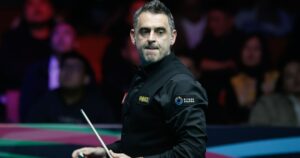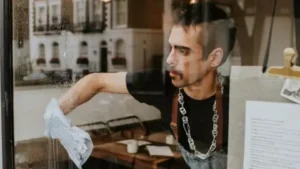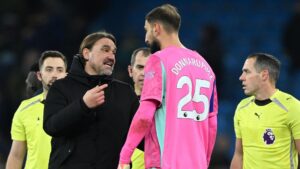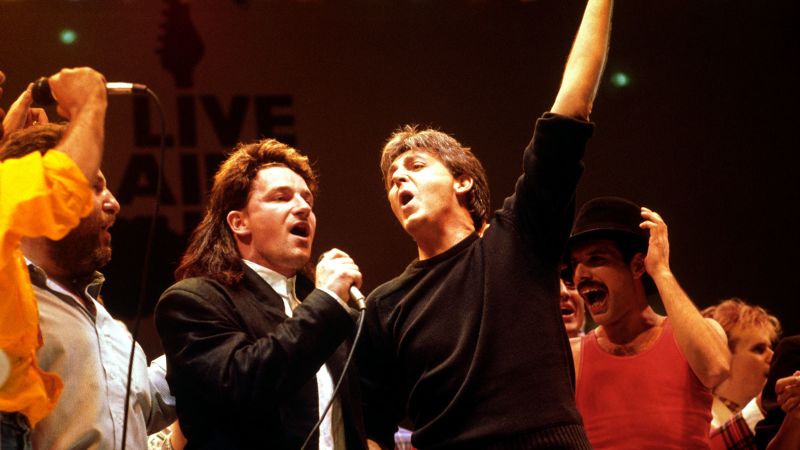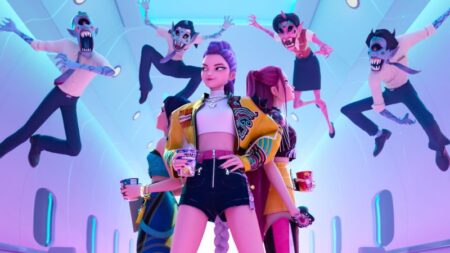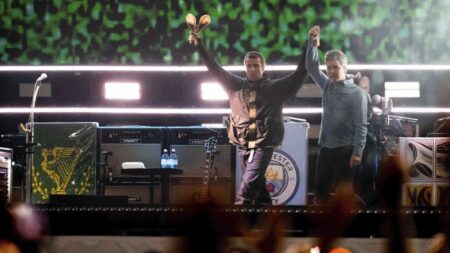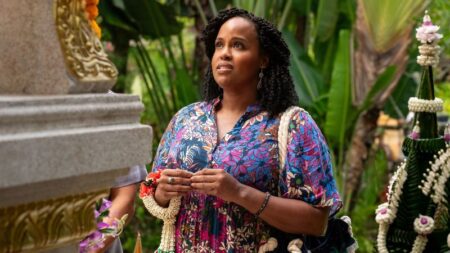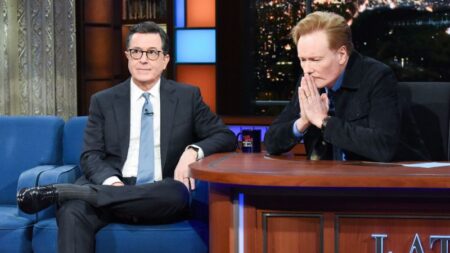The Live Aid concert, held on July 13, 1985, is still hailed as one of the most iconic events in music history. It was not just a concert; it was a massive global effort to raise awareness and funds to combat famine in Ethiopia. Among the numerous legends who graced the stage that day was Paul McCartney, who hadn’t performed live in over five years. His return was fraught with challenges, yet it became a defining moment of the event.
McCartney returned to the spotlight after a long hiatus from performing, bridging the period since the split of his post-Beatles ensemble, Wings, and the tragic assassination of his close friend and fellow Beatle, John Lennon. As he sat down at a piano to sing “Let It Be,” one of the last songs released by The Beatles, a technical glitch threatened to derail the moment. His microphone failed, which meant that not only the audience at Wembley Stadium but also the estimated 1.8 billion viewers worldwide were unable to hear the music legend.
Live Aid’s organizer, Bob Geldof, recalling the incident, described feeling immense anxiety as he saw the situation unfold. He found himself thinking, “Oh no, it’s going to be a disaster.” Indeed, the anticipation had been building for McCartney’s performance, and the technical failure felt like a crushing blow. However, what followed was an unexpected act of unity and support from the audience.
As the microphone issue persisted, the crowd at Wembley Stadium began singing along to support McCartney. This spontaneous collective effort became a turning point in the performance. Not only did the crowd rally, but fellow artists also stepped in to help. In a moment of camaraderie, musicians like Pete Townshend from The Who and David Bowie joined McCartney on stage. This impromptu quintet, which included Alison Moyet, helped to propel the song forward as the microphones came back to life, and together they completed the performance of “Let It Be.”
After this unforgettable performance, notable artists such as George Michael, Bono, and members of Queen collectively took the stage to perform Band Aid’s “Do They Know It’s Christmas?” bringing the event to a euphoric close. The Live Aid concert was not only a musical spectacle but a profound social statement, raising more than $125 million for famine relief efforts.
The concept for Live Aid was brought to life by Geldof and Midge Ure, who envisioned a concert that would rally musicians and the public around a common cause. In his quest to secure the best lineup, Geldof felt that the presence of a Beatle was essential. With determination, he penned a letter to McCartney, articulating the significance of his participation.
In his letter, Geldof emphasized the potential outreach McCartney could facilitate and argued that his involvement would attract millions who might not otherwise tune in. Although McCartney had taken a step back from live performances after Wings disbanded in 1981, he ultimately agreed to play. He noted that he simply “had to come” and acknowledged that Geldof had a vision for the performance. Ultimately, Geldof’s aspiration was to have McCartney deliver not just a song but also a message of hope and unity.
After performing at Live Aid, McCartney’s music career saw a resurgence, leading him to tour regularly, even at age 83. His participation in Live Aid exemplified the enduring strength of rock ‘n’ roll and its capacity to bring people together for a greater good. The event, particularly McCartney’s performance, serves as a poignant reminder of music’s power to inspire and mobilize not just an audience, but an entire world towards positive change. The legacy of Live Aid continues through both charity work and the unforgettable moments it created, leaving a permanent mark on the cultural landscape of the 1980s and beyond.

